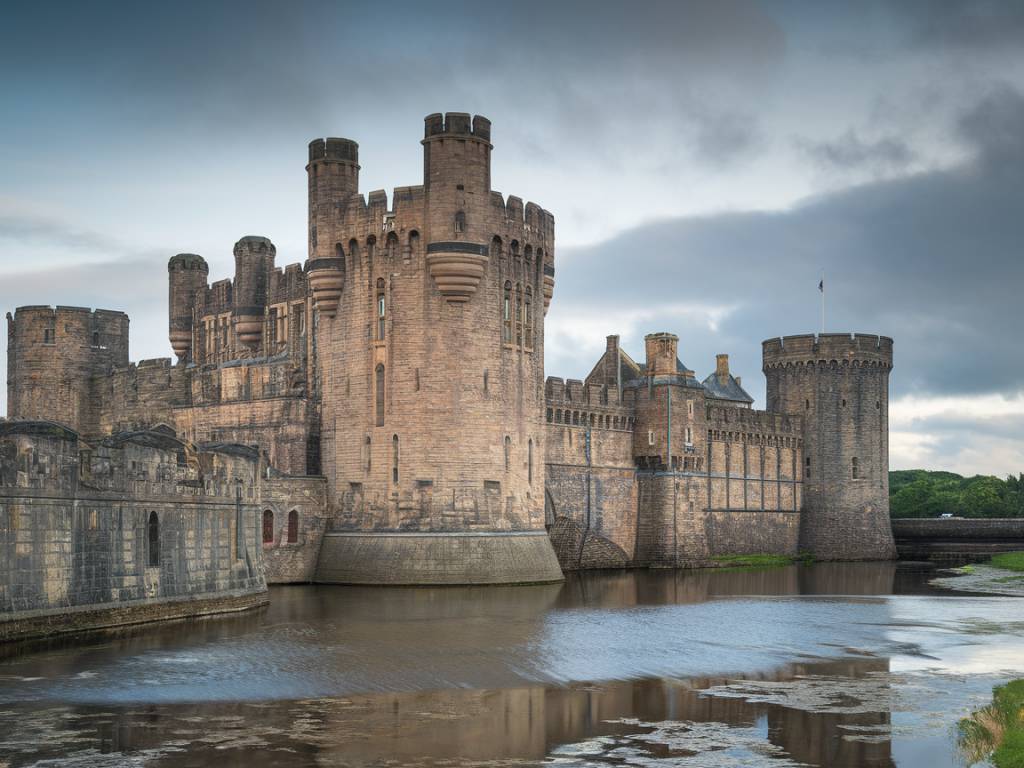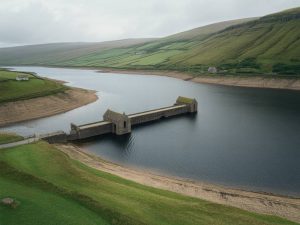Historical landmarks that shaped Wales’ cultural identity

Historical landmarks that shaped Wales' cultural identity
Wales: A Land Shaped by Its History
What defines a nation’s identity? For Wales, a land of stunning landscapes and deep-rooted traditions, its cultural identity is intrinsically tied to the historic landmarks that dot its countryside. These landmarks are more than stone walls and ancient ruins—they are the keepers of stories, the architects of identity, and the heartbeats of Welsh history.
From medieval strongholds to ancient religious sites, exploring these historical locations offers a glimpse into what has shaped the soul of Wales. Let’s journey through some of these iconic sites and uncover why they are so instrumental to Welsh heritage.
Caerphilly Castle: The Jewel of Medieval Wales
Is there anything more awe-inspiring than a medieval castle? Imagine strolling through the towering walls of Caerphilly Castle, the largest fortress in Wales and a marvel of military architecture. Built in the 13th century by Gilbert de Clare, this imposing structure was designed to secure Norman dominance in South Wales.
What makes Caerphilly Castle stand out? Not just its grandeur but its innovative defense system—it was one of the earliest examples of concentric design. And let’s not forget the dramatic leaning tower! Some say it’s the Welsh answer to Pisa.
Today, Caerphilly Castle serves as a beloved landmark and a venue for events, reminding visitors of Wales’ turbulent yet fascinating medieval past.
St. David’s Cathedral: A Sacred Symbol
No journey through Welsh history is complete without a visit to St. David’s Cathedral in Pembrokeshire. Built on the site of a 6th-century monastery, this cathedral is dedicated to St. David, the patron saint of Wales.
Known for its breathtaking architecture, the cathedral’s intricate interior and serene surroundings make it a spiritual haven. Pilgrims from far and wide once traveled here, considering two trips to St. David’s equal to one to Rome.
Whether you’re religious or not, the sense of peace within its walls is undeniable. It’s a place where history and serenity coexist beautifully.
Pontcysyllte Aqueduct: Bridging Engineering and Art
Let’s leap forward a few centuries to the Industrial Revolution, a time of innovation and transformation. Enter the Pontcysyllte Aqueduct, an engineering marvel completed in 1805 to carry canal boats over the River Dee. Designed by Thomas Telford, this UNESCO World Heritage Site is often referred to as the “stream in the sky.”
At a dizzying height of 126 feet, walking along its narrow towpath is not for the faint-hearted! But those who brave it are rewarded with panoramic views of the enchanting Dee Valley. The aqueduct isn’t just a functional piece of infrastructure; it symbolizes how Wales embraced innovation while maintaining harmony with its landscapes.
Yr Ysgwrn: A Testament to Welsh Culture
Sometimes, history comes alive in the humblest of settings. Yr Ysgwrn, the former home of poet Hedd Wyn, is a poignant reminder of the sacrifices made by Wales during World War I. Located in Snowdonia, this farmhouse is where Hedd Wyn penned his evocative poetry before tragically losing his life in the Battle of Passchendaele.
Yr Ysgwrn has been lovingly preserved as a museum, showcasing Hedd Wyn’s famous bardic chair and offering visitors a chance to reflect on the impact of war on Welsh communities. It’s a quiet, powerful tribute to the resilience of the Welsh spirit.
Castell Henllys: A Window to the Iron Age
Want to travel even further back in time? Head to Castell Henllys, an Iron Age hillfort in Pembrokeshire, where reconstructed roundhouses transport visitors to an era over 2,000 years ago.
What’s unique about Castell Henllys is its immersive experience. It’s not just a static museum; you can interact with costumed guides, participate in ancient crafts, and even imagine living in a roundhouse. This site offers a tangible connection to Wales’ prehistoric heritage—a reminder of the ingenuity and adaptability of its earliest inhabitants.
Cardiff Bay: A Modern Landmark with Historic Roots
Though Cardiff Bay is now a hub of modern entertainment and culture, its transformation holds historical significance. Once one of the busiest ports in the world during the height of the coal industry, the area played a pivotal role in making Wales the powerhouse of the Industrial Revolution.
Today, landmarks like the Norwegian Church and the Wales Millennium Centre serve as a bridge between the bay’s industrial past and its vibrant present. It’s a living, breathing example of how Wales’ history continuously shapes its cultural identity.
Why These Landmarks Matter
What unites these vastly different landmarks? Beyond their significance in Welsh history, they highlight the resilience, ingenuity, and spirit of a nation that has endured through centuries of change.
Wales isn’t just a place you visit; it’s a story you step into. These landmarks invite you to become part of that story, to walk in the footsteps of knights, priests, poets, and dreamers. So next time you find yourself in Wales, why not take a moment to explore these sites and let them whisper their tales to you?





